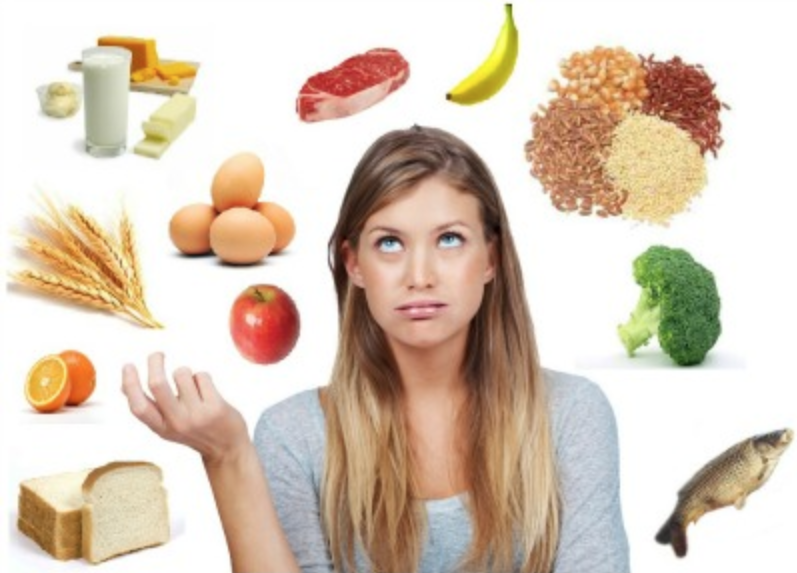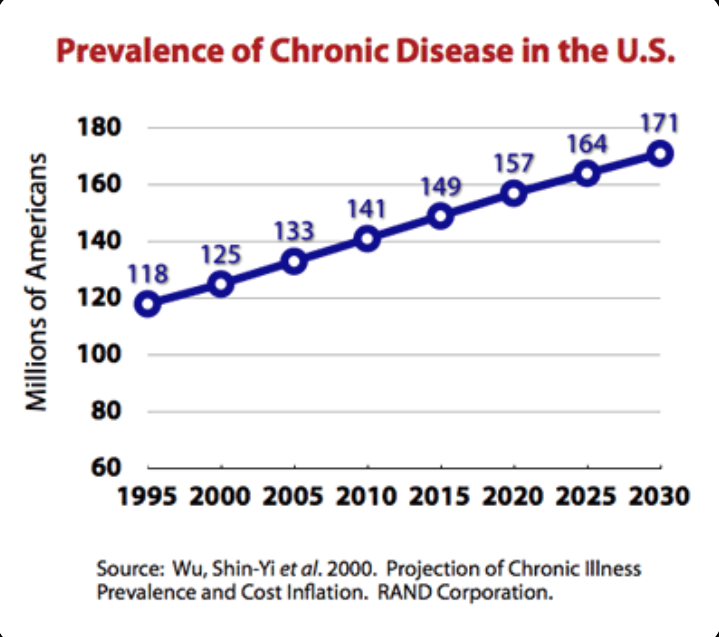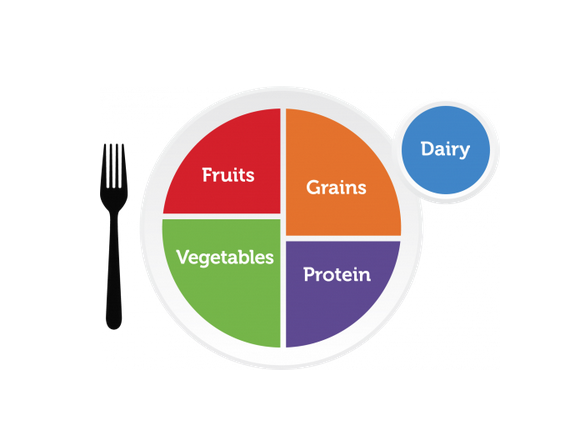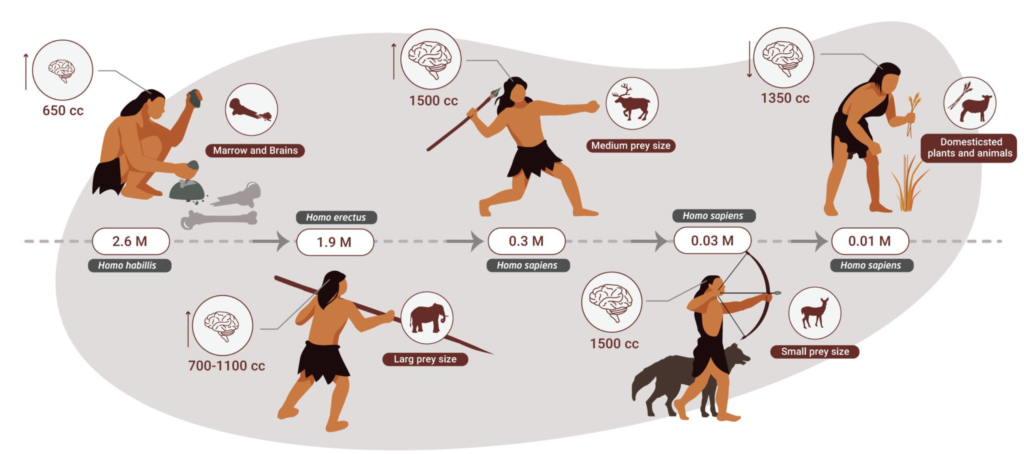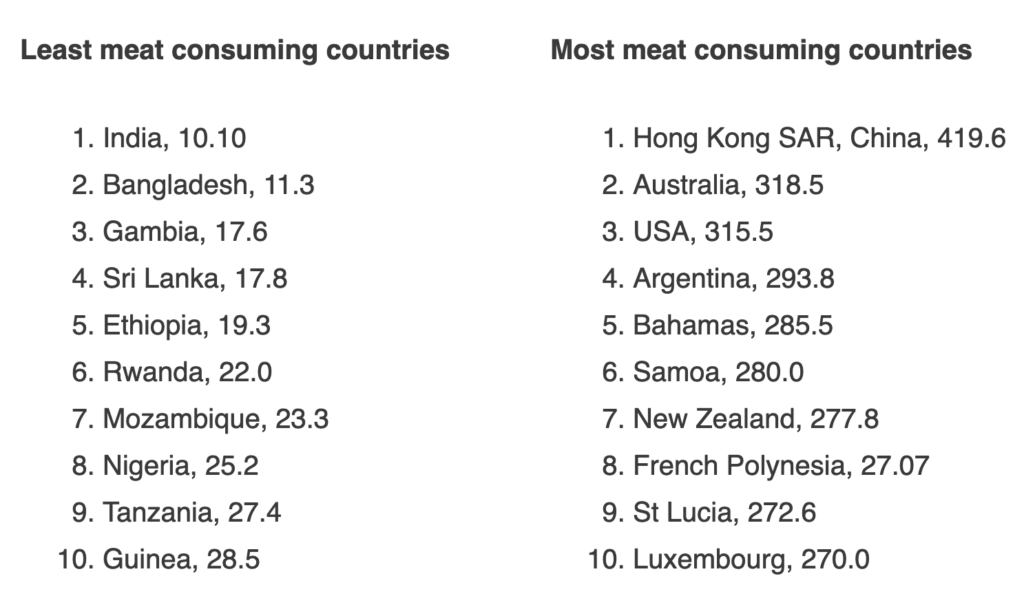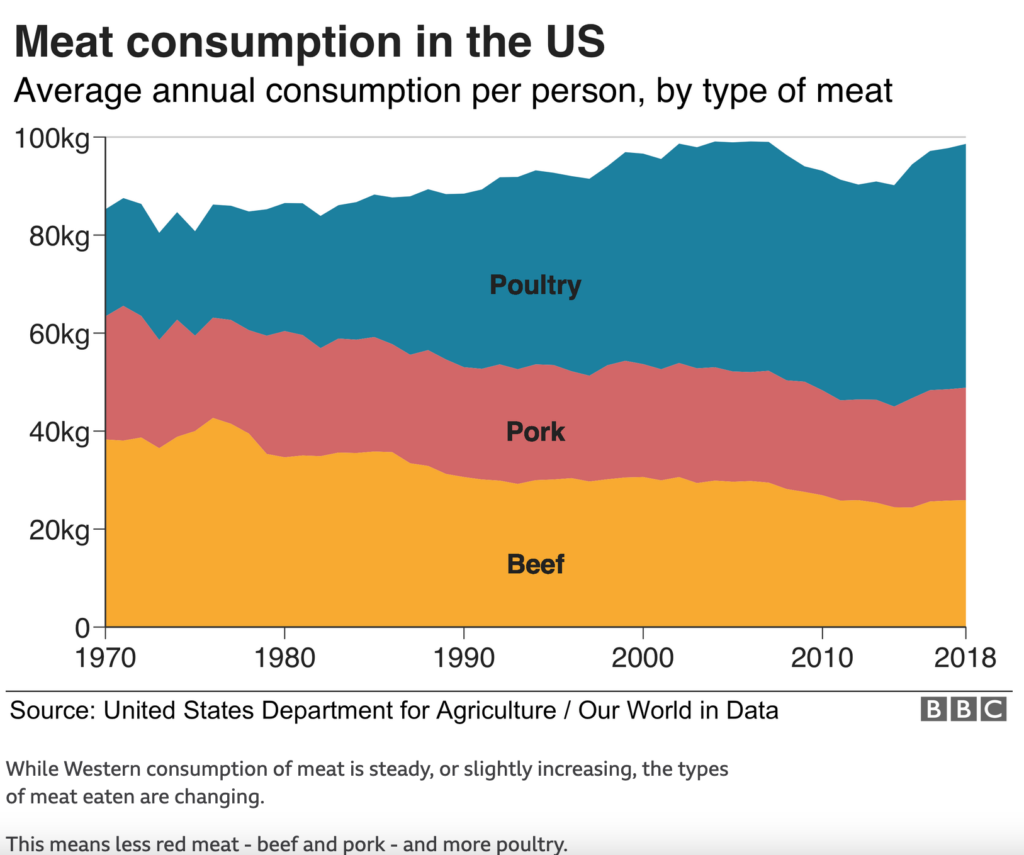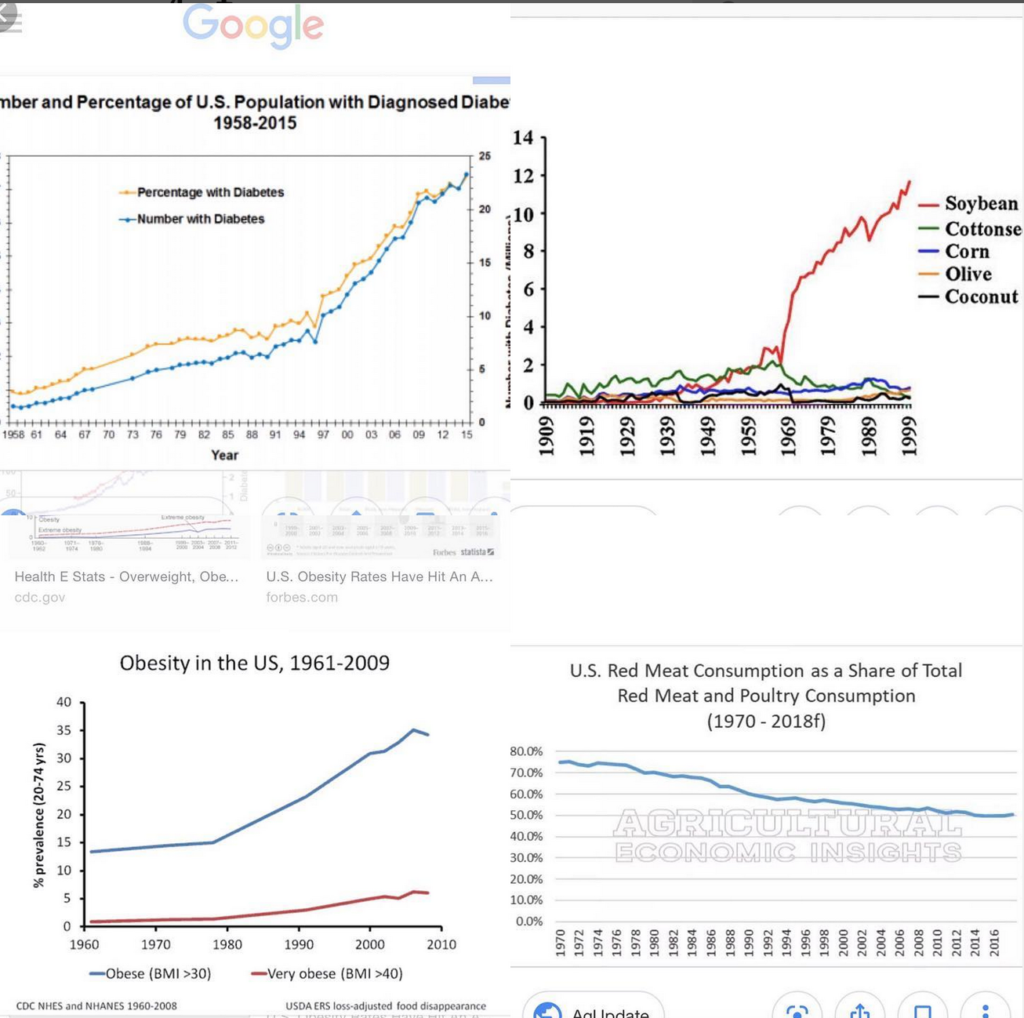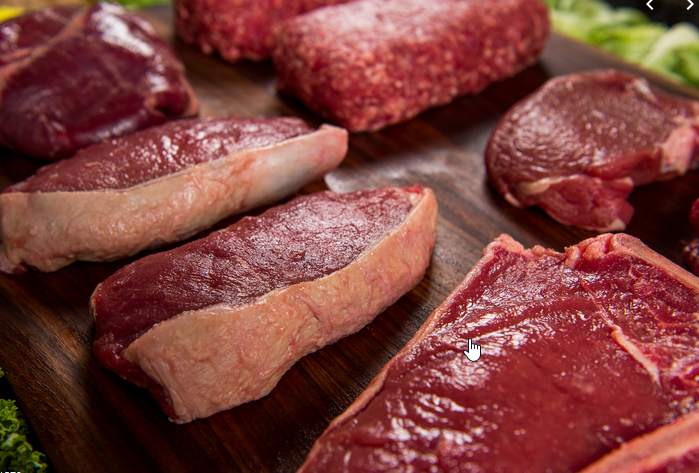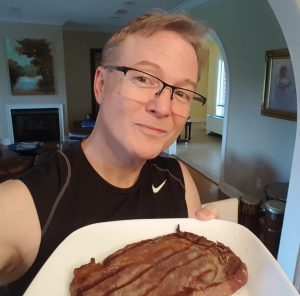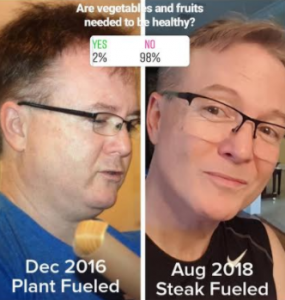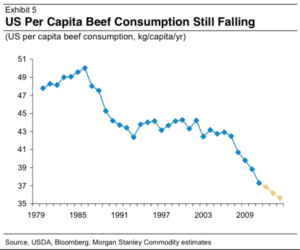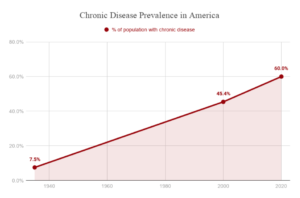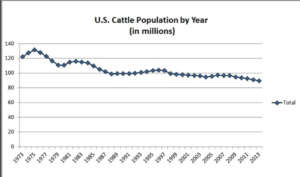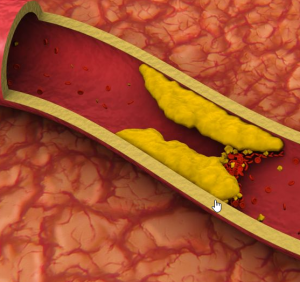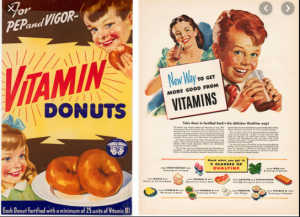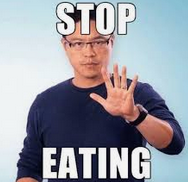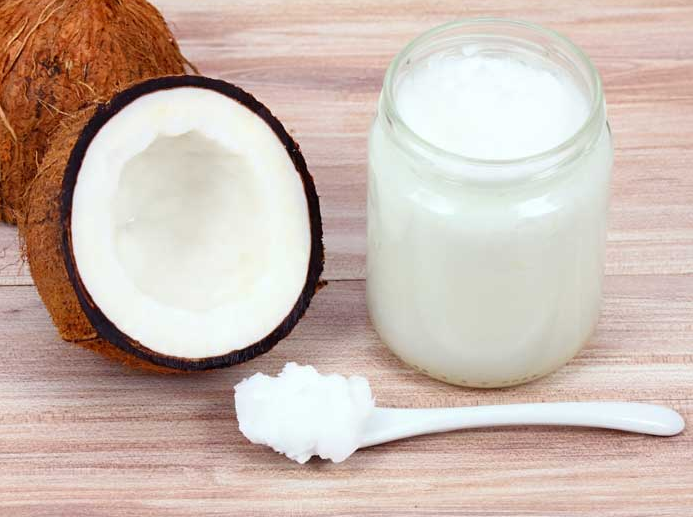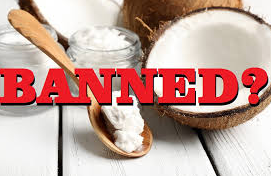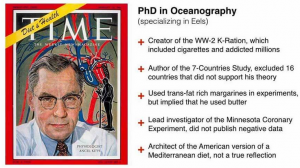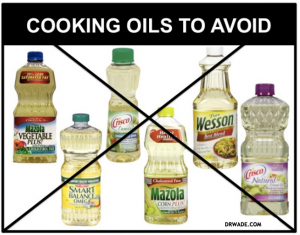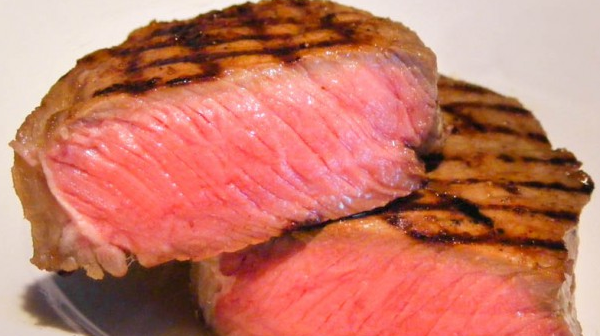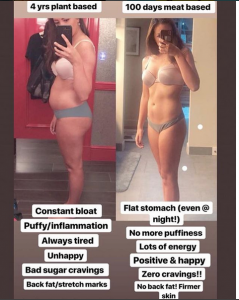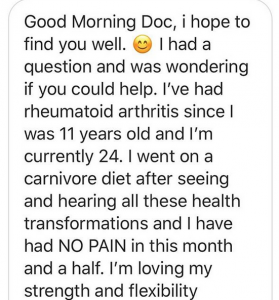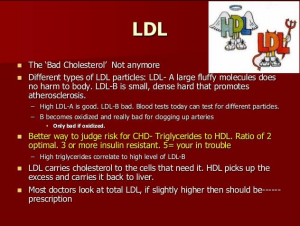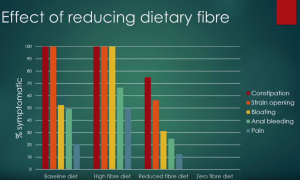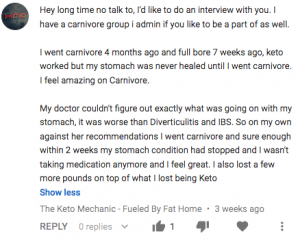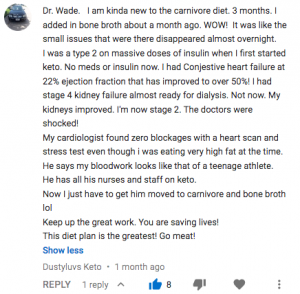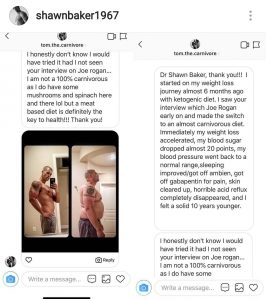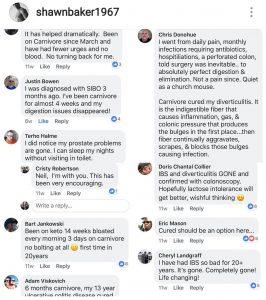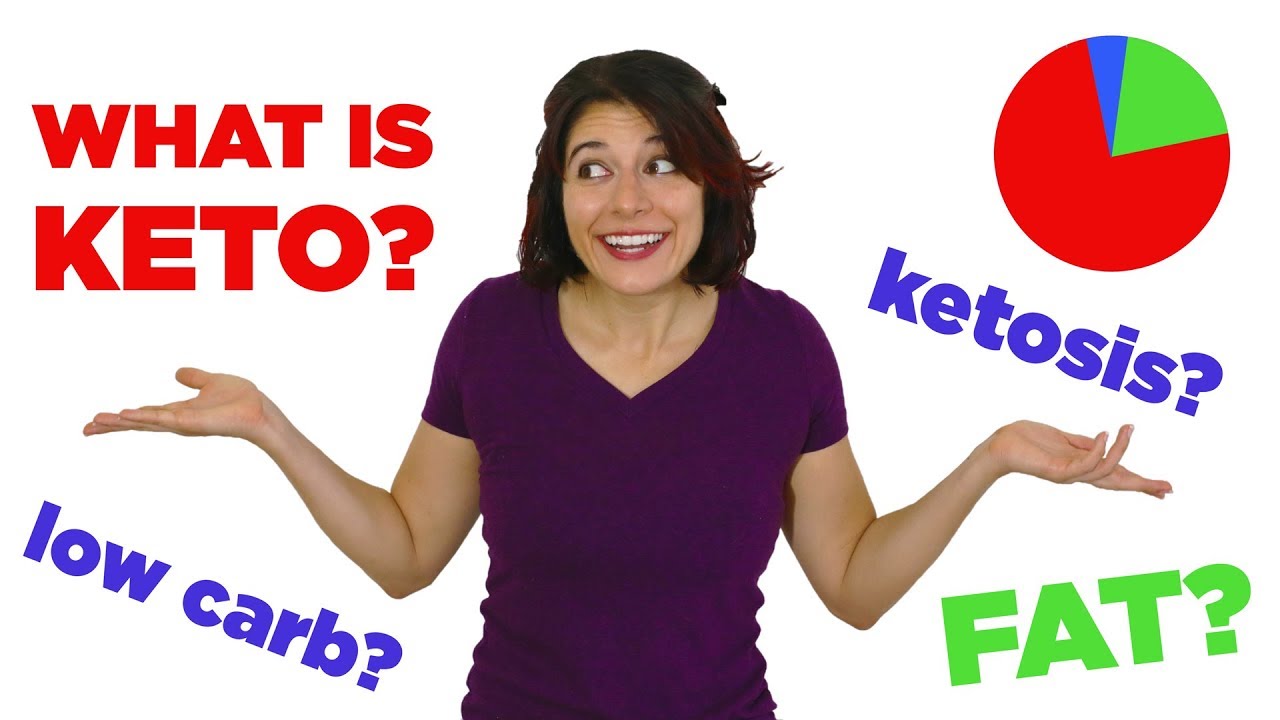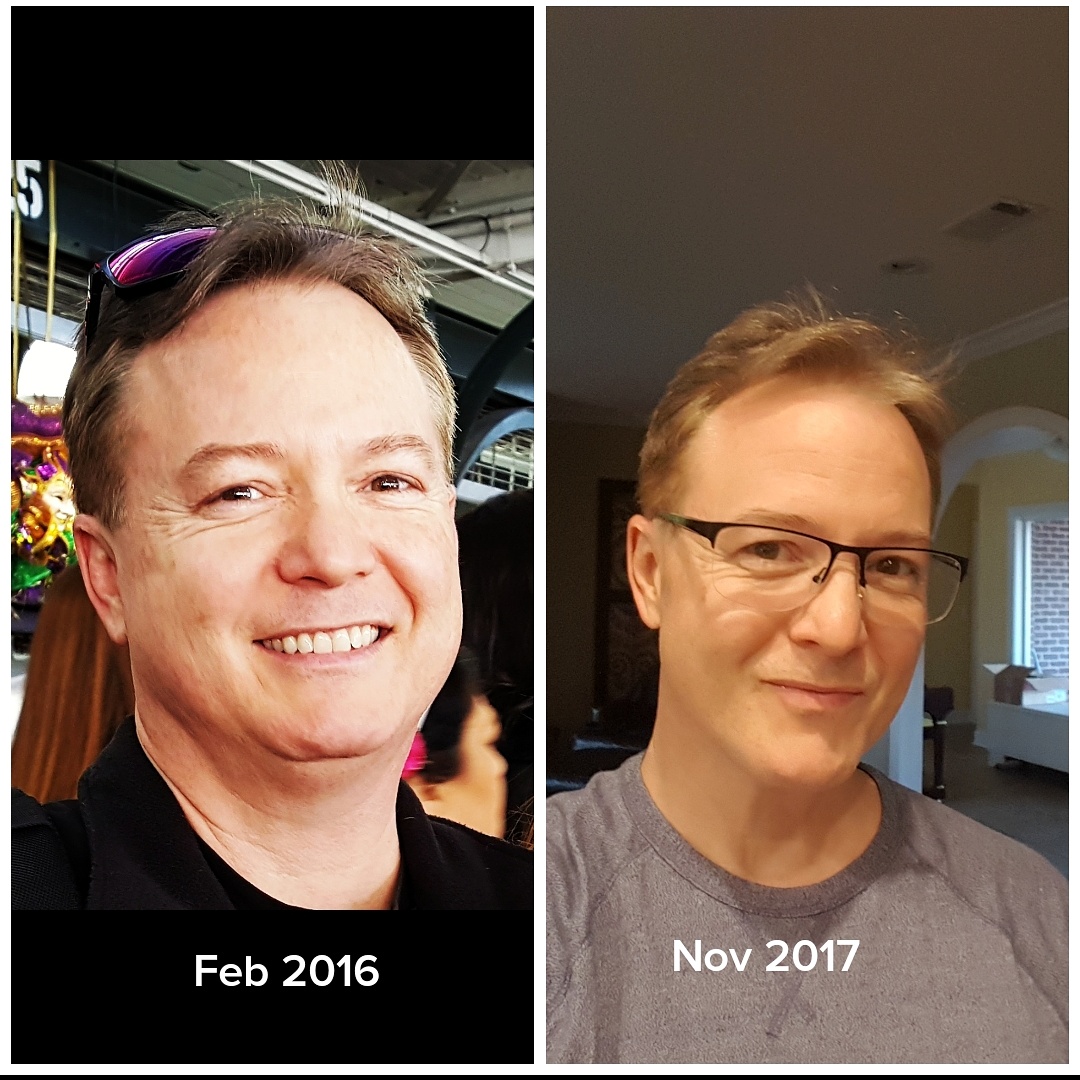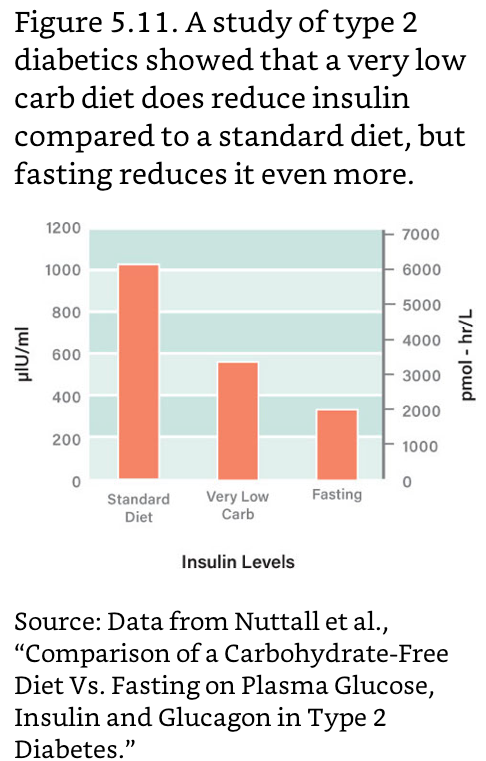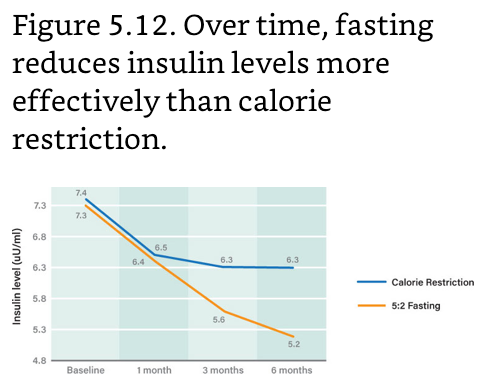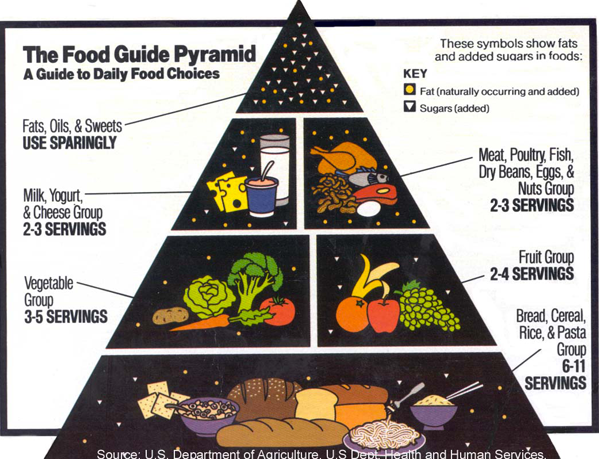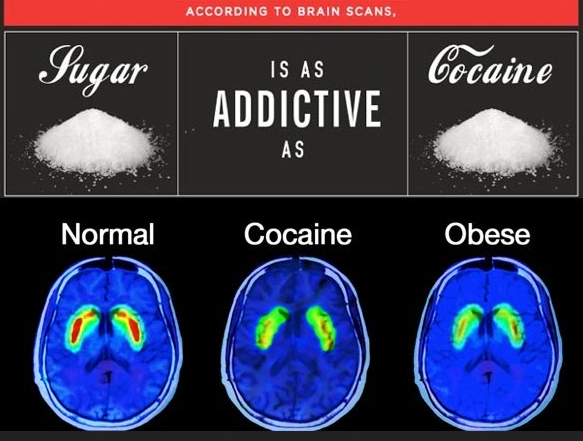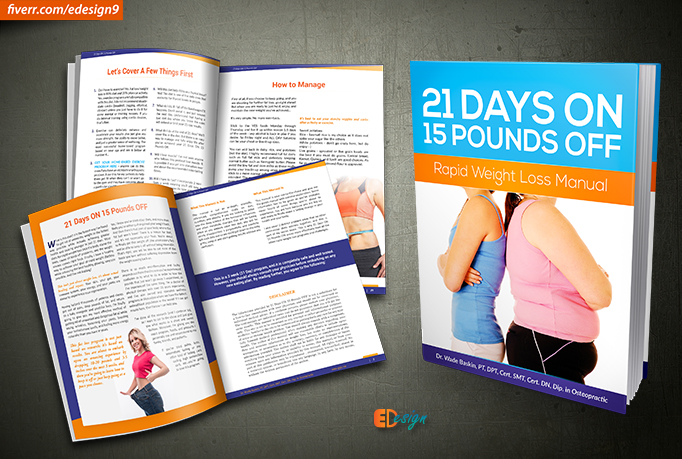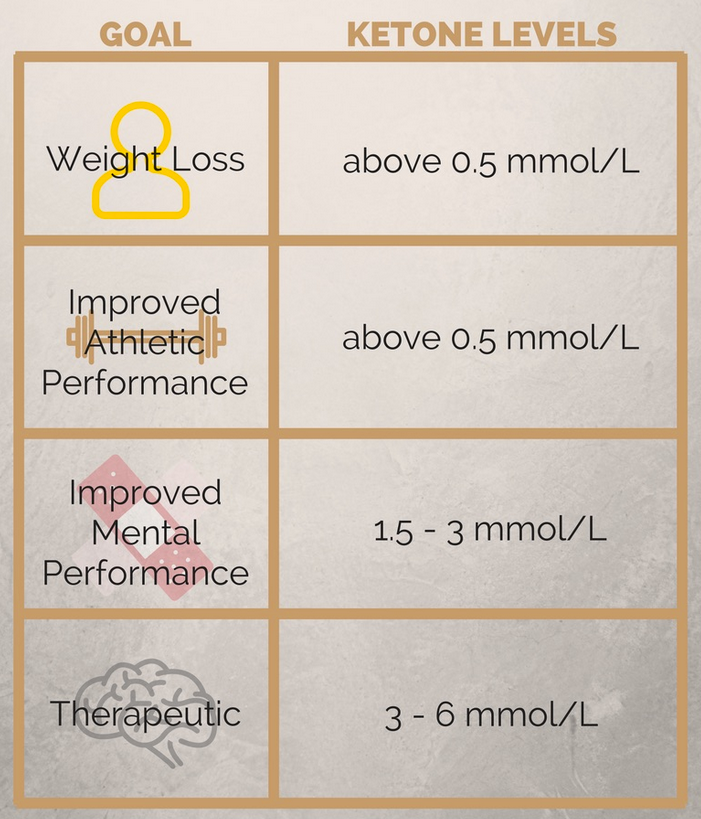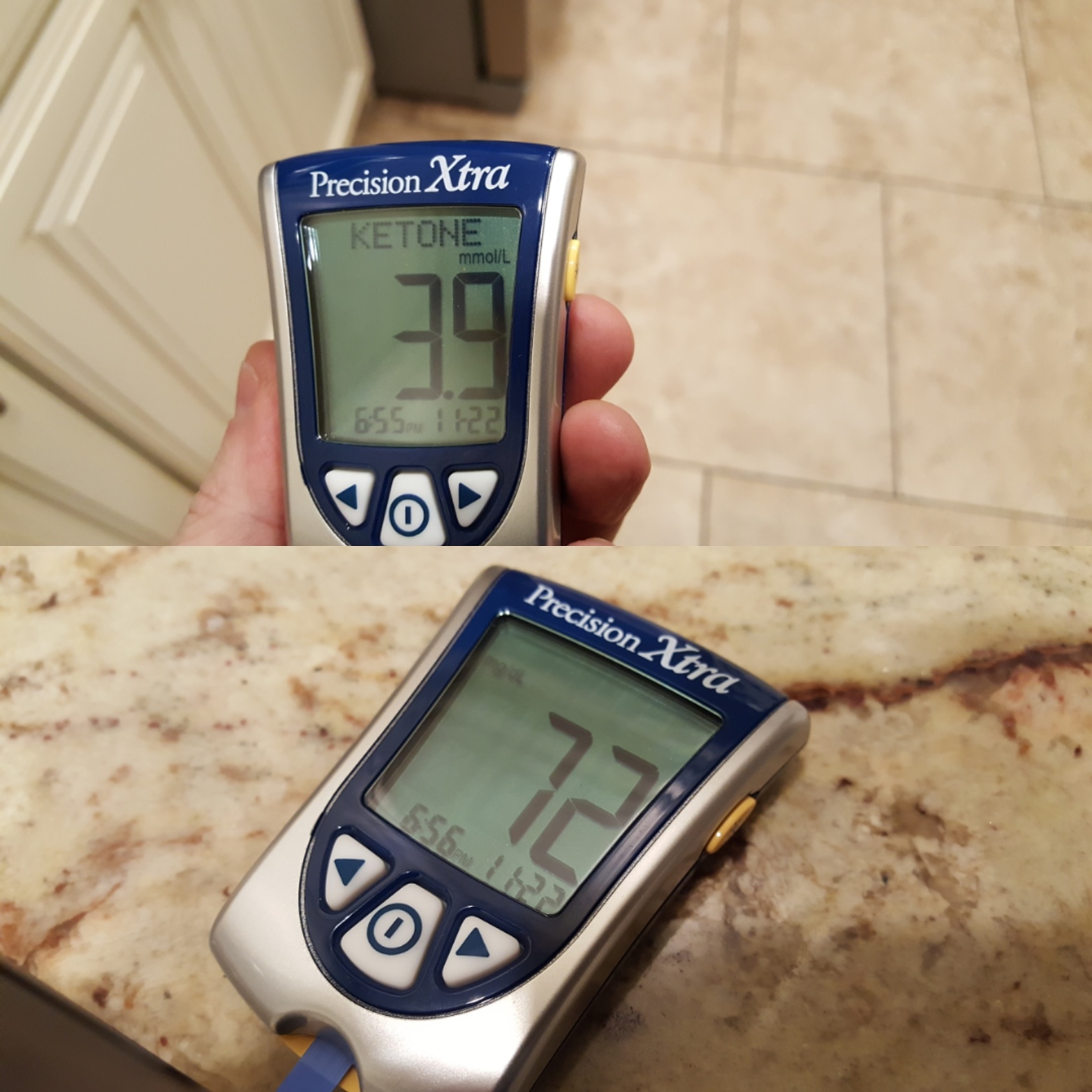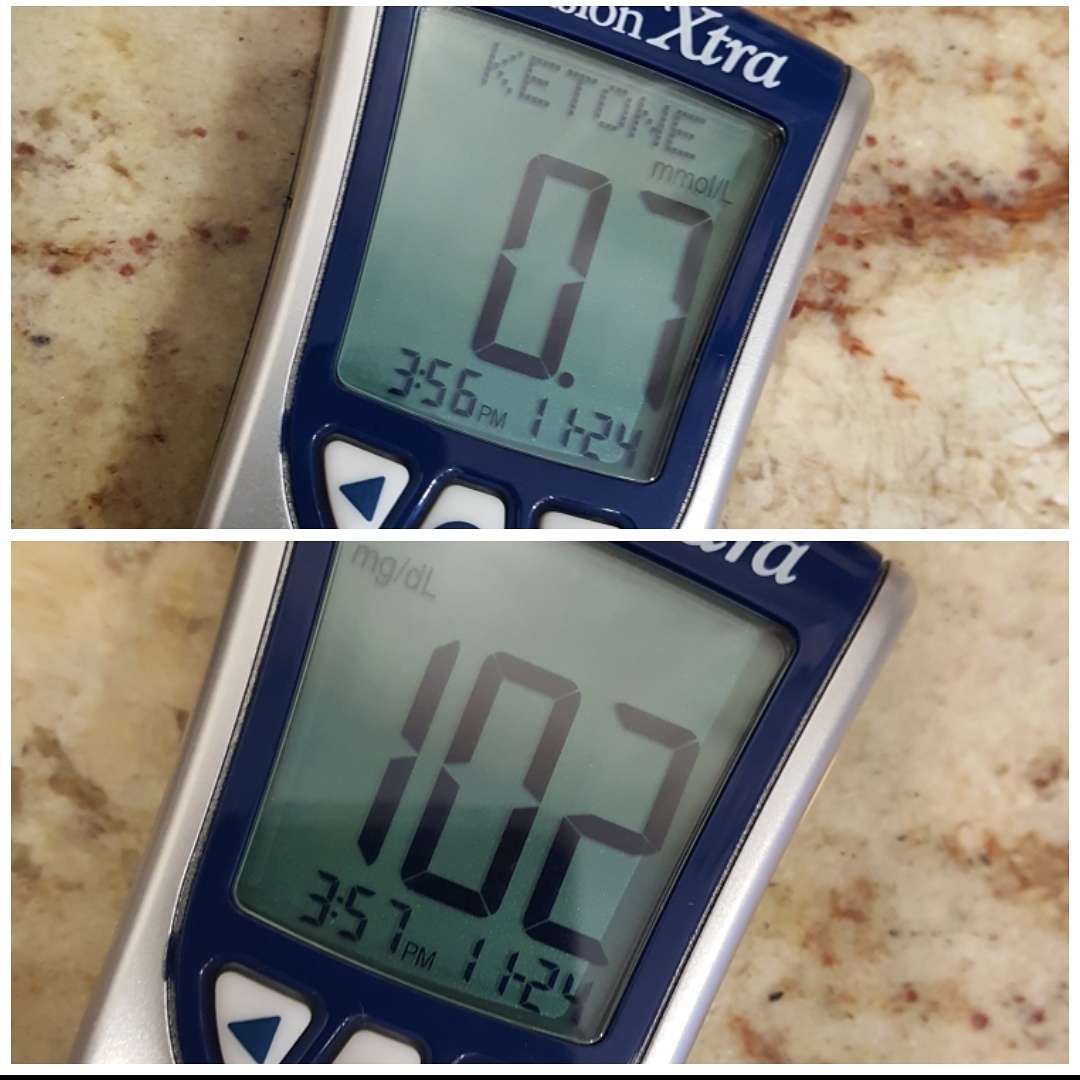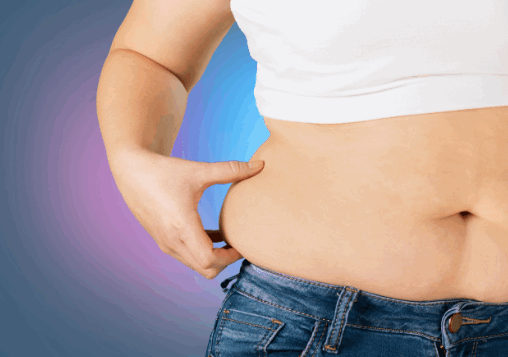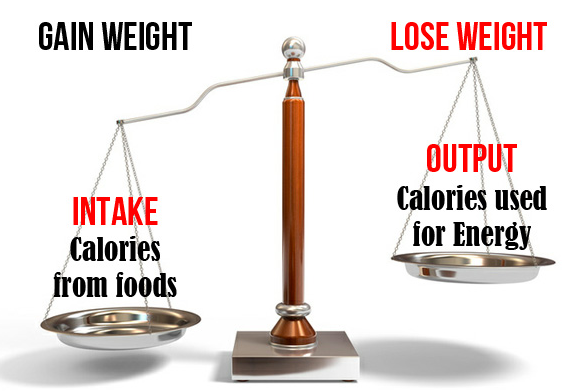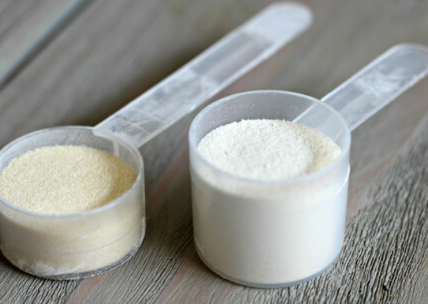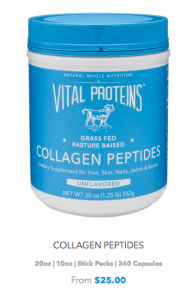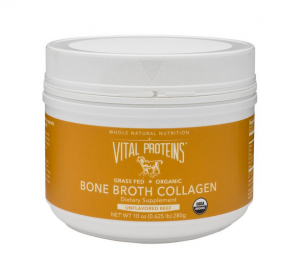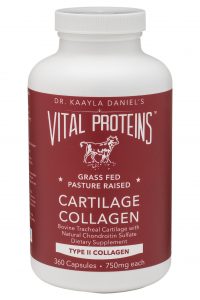We all want firm, supple, flawless skin. We want flexible, pain-free movement. The beauty and health markets are saturated with lotions, creams, and serums to help achieve the baby-smooth complexion and the healthy moving body that we all crave. But what if the best solution for flawless skin didn’t come from topical products, but from within? Collagen is the most abundant protein in the body, and it is essential for beautiful and healthy skin, hair and nails. It is for this reason that more and more people are turning to collagen supplements to boost their intake of this important protein for a glowing appearance that starts from within.
Don’t have time to read the whole article?
Click Here to Check Out Our #1 Recommended Collagen Supplement
Collagen is a naturally occurring protein in the body. It is a long-chain amino acid composed of glycerin, proline, hydroxyproline and arginine. It is found in our muscles, bones, skin and tendons, holding everything together as our body’s “glue”. In fact, it is the most abundant protein in the body, making up 30% of the total protein in the body and 70% of the total protein in the skin. Collagen is responsible for giving elasticity to skin, strengthening your hair, skin, and nails, boosting your metabolism and building healthy DNA strands.
If collagen is produced naturally by the body, why do we need supplements? That’s because as we age, our collagen levels deplete, leading to sagging skin, wrinkles, and weaker cartilage in your joints. From the age of 25 onwards, our collagen production decreases at a rate of 1% per year. Unhealthy, high-sugar diets, smoking and sun exposure also leads to a decrease in the production of collagen. It is for this reason that adding collagen to your diet is highly beneficial.
Years ago, many people received collagen in their diets through eating the whole animal, particularly collagen-rich animal parts such as skin, tendons, and ligaments. However, today, most people reject these parts of the animal and for vegetarians, they do not eat animal products at all. That is why adding collagen supplements is an effective and easy way to boost collagen levels for all.
Health Benefits of Collagen Supplements
Anti-Aging: Depletion in collagen levels is the primary cause of the various signs of aging such as wrinkles and fine lines and loose, sagging skin. The bottom layer of your skin, known as the dermis, is responsible for maintaining skin elasticity. Collagen is a major component in your skin and is found primarily in the dermis. By increasing collagen levels, your dermis can keep your skin firm and supple and numerous studies have shown that regular consumption of collagen supplements even saw a decrease in the wrinkles that have already appeared.
Skin: Besides elasticity, collagen is also responsible for keeping a moisturized, even skin tone. Decreased levels of the amino acids found in collagen can lead to small veins and arteries appearing under the skin and dryer, dull looking skin. Maintaining the levels of these amino acids moisturize and diminish the appearance of imperfections, leading to softer, smoother, more supple and youthful looking skin.
Hair: Collagen also plays a significant role in hair strength, preventing hair loss and maintaining natural color. Taking collagen supplements can fight the production of free radicals, which damage the hair follicles leading to hair loss. Sufficient collagen levels strengthen the hair follicles, to improve hair growth and volume.
Teeth and Nails: Collagen is the building block of your teeth and nails. Splitting and peeling nails is a sign that your collagen levels need a boost. Collagen supplements allow for healthy, strong nails and an increase in nail growth. Similarly, collagen forms the structure of the teeth and connective tissue around it. Boosting your collagen levels will allow you to build a beautiful smile from the inside.
Metabolism: Studies have shown that taking collagen supplements boosts your metabolism. Glycerine, found in collagen, helps bring sugar into your body’s tissue, increasing energy levels and helps in muscle development. This increase in metabolism is
Scarring: Collagen is essential for healthy tissue formation. Scars caused by acne or other problems can ruin your chances at a flawless complexion. Taking collagen supplements helps the skin naturally repair itself by promoting healthy tissue formation, which speeds up the healing process.
Joints: Decreased levels of collagen can also have an adverse effect on our joints. As we age and produce less collagen, our tendons and ligaments get stiffer; our joints become swollen and we move with less ease. Taking collagen supplements can prevent joint deterioration, reduce joint pain and allow our joints to move easier. In fact, collagen supplements have also been shown to be effective in treating osteoporosis and other joint problems.
Collagen Supplement Reviews
There are plenty of choices when it comes to collagen supplements, each with their own strengths and weaknesses. We’ve managed to narrow it down to 5 top contenders and have compiled our findings below:
1) Bulletproof Upgraded Collagen Protein
Key Ingredients/Features:
Hydrolyzed Collagen Powder: 1 tbsp of Bulletproof Upgraded Collagen Protein contains 8.5g of Hydrolyzed Collagen Powder. At 8,500mg of collagen per serving size, you will see fantastic results from this powder supplement including stronger nails, longer and thicker hair and plumper skin.
Powder: Thanks to its powder form, this collagen supplement is incredibly easy to add to your diet. Simply mix 1tbsp of Bulletproof Upgraded Collagen Protein into smoothies, soups, juices, teas or coffee to ingest collagen easily without adding flavor to your food and drink. This is also great for those who may find pills difficult to swallow.
Grass-Fed Cows: Bulletproof Upgraded Collagen Protein is sourced from grass-fed, pasture-raised cows that are free from drugs, chemicals, hormones or antibiotics. It is FDA certified and designated GRA (Generally Regarded as Safe).
Large Size: Another benefit of Bulletproof Upgraded Collagen Protein is the large quantity of powder you get with each bag. Each 16oz bag contains 53 servings of 8,500mg of hydrolyzed collagen. This is over a month’s supply of high dosage collagen, more than the average one month supply standard. The large size ensures you get the most from your bag, while the large dosage per serving ensures you get maximum results.
Drawbacks:
The only disadvantage to Bulletproof Upgraded Collagen Protein is that it does not contain any additional collagen-boosting ingredients such as Vitamin C or other amino acids. These nutrients help with the absorption of collagen and can be very beneficial in collagen supplements. That being said, the fact that this collagen supplement comes in powder form somewhat negates this disadvantage as it is very easy to simply add this powder to a glass of orange juice to
Final Thoughts:
This collagen supplement is highly effective for healthy skin, promoting nail and hair growth and decreasing joint pain. The large dosage of collagen per serving ensures maximum results, while the powder form leaves it very easy to add to your diet without disrupting your daily routine. I would definitely recommend this for anyone who wants a collagen supplement that provides an easy way to see great results.
2) Vital Proteins Pasture-Raised, Grass-Fed Collagen Peptides
Key Ingredients/Features:
Collagen Peptides: Unlike Hydrolyzed Collagen, which comes from the bones and cartilage of animals, Collagen Peptides comes from the skin. One serving of Vital Proteins Pasture-Raised, Grass-Fed Collagen Peptides contains 2 scoops or 20g of these Collagen Peptides, to promote youthful skin, keep bones strong and healthy, support joint health and contribute to a balanced diet.
Powder: Vital Proteins Collagen Peptides come in easily digestible powder form, which is soluble in hot and cold water. This makes it very easy to add to your diet. Simply dissolve two scoops of the powder in any liquid daily to see great results. Tasteless and odorless, it is easy to add to your diet without the need for any changes and will not change the taste of your food and drinks
Grass-Fed: Vital Proteins Collagen Peptides are sourced from grass-fed, pasture-raised bovine hides that have no contact with drugs, hormones or other harmful chemicals. This supplement is also Kosher and non-GMO (Genetically Modified).
Soluble in Hot or Cold Liquids: Because it is soluble in both hot and cold liquids, Vital Proteins Collagen Peptides are incredibly easy to add to your diet. You simply dissolve it in a liquid or beverage of your choice, including smoothies and soups, so your choices are not limited to the same drink every day. Especially because it is soluble in water, this makes it very easy to take collagen supplements for people who don’t drink hot liquids like tea or coffee or who prefer mixing their collagen with other ingredients such as Vitamin C to boost collagen function.
Drawbacks:
The one drawback to Vital Proteins Collagen Peptides is the size. One container is 20oz of Collagen Peptides or 23 2 scoop servings. This is below the standard one month supply of many collagen supplements. However, due to the large serving size (20g) you get fantastic results with this supplement. Within a number of weeks, visible improvements can be seen on to the skin, hair and nails and once you start noticing these amazing results, the size of the container will seem inconsequential.
Final Thoughts:
Vital Proteins Collagen Peptides is a highly effective collagen supplements that will produce visible results within some weeks. The use of Collagen Peptides means the collagen is highly bio-available, digestible and is even soluble in cold liquids, which is an advantage to people who don’t drink hot drinks like tea or coffee. The scoop provided makes it very easy to measure serving sizes and because it’s sourced from grass-fed, pasture-raised bovine hides, it is free from harmful hormones or chemicals. I would definitely recommend this.
3) Neocell Super Powder Collagen
Key Ingredients/Features:
Hydrolyzed Collagen: Neocell Super Powder Collagen contains 6,600mg of Hydrolyzed Collagen Powder. Taken daily, you will notice visible improvements in your skin’s youth and elasticity including minimizing fine lines and wrinkles, as well as the strengthening of your hair, nails, and bones.
Super Collagen: Super Collagen contains Type 1 and Type 3 collagen, which makes up 90% of the collagen found in your body. Super Collagen are high in hydroxyproline and hydroxylysine, two amino acids that are specific to collagen and are important for collagen production. Super Collagen also uses an advanced enzymatic hydrolyzation process that makes it very bioavailable and bioactive in the body.
Powder: Neocell Super Powder Collagen comes in powder form, which is incredibly easy to add to your diet. You don’t need to make any dietary changes to take in this healthy supplement. Simply mix the powder into your morning coffee or glass of juice to see great results. It is tasteless and odorless so that you won’t notice a difference in taste to your drinks but the difference in your skin, hair, nail and joint health will be substantial.
Low Price: Neocell Super Powder Collagen contains a standard month’s supply of 30 servings. This standard amount doesn’t seem impressive until you factor into account the low price. Priced much lower than many other collagen supplements, Neocell Super Powder Collagen gives you a great way to enjoy the many benefits of collagen supplements at a lower cost than average. In fact, Neocell Super Powder Collagen comes in as the least expensive collagen supplement on our list.
Drawbacks:
Neocell Super Powder Collagen has one minor drawback – the fact the powder contains only pure hydrolyzed collagen, without any additional collagen-boosting nutrients such as Vitamin C. Vitamin C is essential for the formation and utilization of collagen in the body so it’s highly beneficial to add to collagen supplements. However, because it comes in convenient powder form, it is very easy to add to any liquid. Therefore, it is simple and highly recommended, to add Neocell Super Powder Collagen to a glass of juice containing Vitamin C for maximum benefits. If that’s not enough, Neocell also offers alternatives to the powder with tablet and liquid varieties, which are both formulated with Vitamin C.
Final Thoughts:
Neocell Super Powder Collagen is a great option for a collagen supplement. The low price makes it a great option for people wanting to try collagen supplements for the first time without committing to a product with a steeper price tag and the use of super collagen makes this highly effective and bioavailable. Easily add the great supplement into your diet to see visible results in a matter of weeks.
4) Sports Research Pure Hydrolyzed Collagen Peptides
Key Ingredients/Features:
Collagen Peptides: One scoop of Sports Research Premium Collagen Peptides contains 11g of Collagen Peptides. One serving, taken daily is packed with easily digestible, gut friendly amino acids that help counteract the degenerative effects of aging. Youthful skin, strong bones, healthy joints and improved gut health are some of the many benefits from adding this supplement to your diet.
Powder: This unflavored, neutral tasting powder is incredibly easy to add to your diet. Soluble in both hot and cold water, this powder is easily mixed into your daily coffee or afternoon juice and doesn’t affect the taste of your beverage. You can also add it to a variety of foods such as yogurt and oatmeal. Such a simple addition to your diet will lead to incredible health benefits.
Grass-Fed: Sports Research Premium Collagen Peptides is sourced from grass-fed, pasture-raised cows, so there is no harmful addition of hormones, drugs, antibiotics or chemicals. It is also paleo friendly, gluten free and non-GMO, so it’s suitable for all diets.
Money Back Guarantee: In case you’re still weary about trying collagen supplements, Sports Research Premium Collagen Peptides offer a complete 90-day money back guarantee. If you see no results within 90 days and are unhappy with your purchase, you can contact the company for your money back. However, this is unlikely as by 90 days you are sure to see the noticeable, visible results from taking your collagen supplements.
Drawbacks:
As with the other collagen powder supplements on this list, the major drawback to Sports Research Premium Collagen Peptides is that it is not fortified with Vitamin C, due to it being 100% collagen powder. Collagen works best when combined with Vitamin C, so it is highly beneficial to take them together. However, as it comes in powder form, this gives you a huge variety of ways to add this collagen supplement to your diet. The most beneficial and recommended way is, of course, to take it with a source of Vitamin C, such as a juice or smoothie containing citric fruits. This way you will get the most from your collagen supplement and you will have the added benefit of increasing your Vitamin C content.
Final Thoughts:
Sports Research Premium Collagen Peptides are a hugely beneficial collagen supplement, particularly for gut health. The gut-friendly formula is easily absorbed into the body and the powder form makes it incredibly easy to add it to your favorite drink or a variety of foods so you can add collagen supplements easily without making changes to your diet. The container also contains 40 servings, which is more than the standard month’s supply so you will benefit from the extra amount. Overall, I definitely recommend this for anyone wanting a good collagen supplement.
5) Youtheory Collagen Advanced Formula Tablets
Key Ingredients/Features:
Hydrolyzed Collagen: Each tablet of Youtheory Collagen Advanced Formula Tablets contains 1000mg of Hydrolyzed Collagen. With six tablets taken daily, your daily collagen amount will be 6000mg and within a matter of weeks, you will start to see noticeable improvements in your hair, skin and nails. Those suffering from joint pain will also notice a decrease in pain after continued use.
Vitamin C: Essential for the formation and utilization of collagen, vitamin C is an important addition to every collagen supplement regime. Vitamin C is not produced by the body but is required for the formation of collagen. Youtheory Collagen Advanced Formula Tablets are fortified with Vitamin C, containing 60mg of Vitamin C per serving (six tablets). So you will make the most of your collagen supplements by ensuring not only that your supplements are properly absorbed into the body but that natural collagen is properly formed for youthful skin, stronger hair and nails and a healthier gut.
Type 1 & 3 Collagen: Type 1 and Type 3 collagen make up the majority of collagen produced by your body and is generally found in your skin, muscles and connective tissue. Youtheory Collagen Advanced Formula Tablets contain type 1 and 3 collagen, as well as Vitamin C for the critical formation of collagen in the body and the ongoing health of your hair, skin, cartilage, ligaments and other body tissues.
Type 2 Collagen: Type 2 collagen makes up a significant amount of your body’s cartilage and naturally produced hyaluronic acid to cushion and lubricate your joints. Type 2 collagen and hyaluronic acid are vital components of the skin, leading to a healthier, glowing complexion. Type 2 collagen also contains chondroitin sulfate, a naturally occurring chemical that provides anti-inflammatory support.
Drawbacks:
The major disadvantage to Youtheory Collagen Advanced Formula Tablets, as well as other collagen tablets is the serving method. Unlike powder, which is easily added to your food or drink and therefore is easy to add to your diet, collagen tablets must be ingested daily. One serving is comprised of three tablets taken twice daily on an empty stomach. This may be a little difficult to adjust to at first. However, once you develop the habit, it is easy to remember to take the tablets in the morning and evening and the huge benefits you receive will make the small adjustment to your schedule more than worthwhile.
Final Thoughts:
I would definitely recommend Youtheory Collagen Advanced Formula Tablets to anyone who is looking for collagen supplements in tablet form. Fortified with Vitamin C, it is easy to ensure you are maximizing the benefits of your collagen by simply taking the required dose daily, without having to think about getting Vitamin C from other sources. Once you adjust to the daily serving dosage, you will start to see visible results within a matter of weeks.
What to Look For in a good collagen supplement
Topical creams containing collagen are not very effective as the molecules are too large to be absorbed by the skin. This is why the best supplemental form of collagen comes from powders and pills. It is important to note that Vitamin C is essential for the formation of collagen and it is very difficult for supplemental collagen to be activated by the body without it so look for collagen supplements that also contain at least 10mg of Vitamin C. Additionally, when taking collagen powder, make sure it’s sourced from grass-fed, pasture-raised cows, so you aren’t exposed to antibiotics or chemicals with your supplement.
How to choose the Best Collagen Supplement For Your Needs
You now know how beneficial taking collagen supplements can be. Here are some tips to help you choose the best supplements for you:
- Collagen in supplements will usually come in one of two forms: Hydrolyzed Collagen, which is derived from bovine bone and cartilage is more easily absorbed by the body or Collagen Peptides, which is derived from bovine skin and hide.
- There are three types of Collagen found in the body. Studies have shown that 90% of the collagen found in the body is Type 1 and Type 3 collagen, which have protein compositions of nineteen amino acids, found in the skin and muscle. Type 2 collagen contains eighteen amino acids and is found in the joint cartilage. It is important not to combine Type 1+3 collagen with Type 2 collagen as they have different amino acid profiles and when taken together, will bind to form a complete protein. This way the body won’t recognize it as collagen and you won’t see the desired results.
- When looking for pill collagen supplements, look for those that contain other collagen-boosting nutrients such as Vitamin C or Hyaluronic Acid, which is essential to collagen formation.
- Make sure your collagen is sourced from Grass-fed, pasture-raised cows.
- Collagen powder can be added to smoothies or other meals to provide the healthy boost and is a good option if you don’t want to take pills.
- Collagen supplements should have a dosage of at least 6,000mg to see best results.
- Typically, collagen powder is more bio-available than collagen pills so choose powder to see faster results.
Conclusion
As we age, our body naturally produces less and less collagen leading to a number of age-related degenerative results, such as wrinkles, sagging skin, thinning hair, brittle nails, painful joints and osteoporosis. This is why taking daily collagen supplements are highly beneficial to help prevent and reverse some of these natural effects of aging. This article has provided you with the hows and whys of the many great benefits of collagen, as well as providing you with some helpful tips to know what to look for when choosing a collagen supplement. All of the collagen supplements listed are great options to provide noticeable results, but my personal recommendation is for CB Supplements. It is the cleanest collagen supplement among all the options we tried and the ingredients come from pasture-raised, grass-fed cows and is completely non-GMO. Best of all, it mixes easy in any liquid, even if it’s cold.








